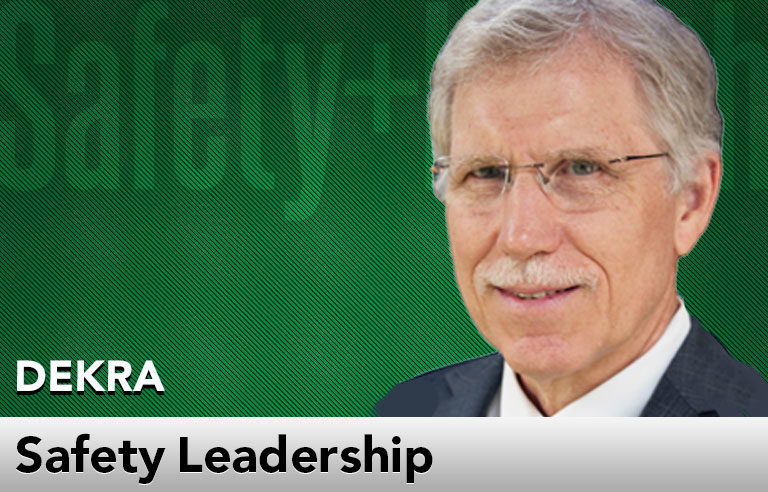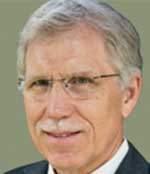Safety Leadership: EHS staffing optimization: Four questions to ask

Editor’s Note: Achieving and sustaining an injury-free workplace demands strong leadership. In this monthly column, experts from global consulting firm DEKRA share their point of view on what leaders need to know to guide their organizations to safety excellence.
You’ve been there! A conversation at a conference or meeting with peer organizations inevitably includes the following questions: “How big is your safety team?” “How are you structured – centralized or decentralized?” “How many industrial hygienists or environmental specialists do you have?” And, finally, “How big is your organization?”
As environmental, health and safety professionals, we love to have benchmarks and compare metrics. But we really want the answers to: “What’s the right ratio of EHS professionals to employees?” and “How does my team compare?”
Unfortunately, there’s no widely accepted centerline ratio of EHS pros to employees, just as there’s no “one” organizational structure, no “one” acceptable risk profile, no common level of EHS maturity and no “one” leadership style.
Rather than chasing benchmarks, we recommend systematically analyzing four key characteristics to frame the need and develop a well-thought-out approach:
1. What do you do? What are your hazards and risks and their proximity to people? A thorough understanding of what you do provides an understanding of risks and exposures to incidents and how they’re controlled. Implementing and sustaining adequate controls is vital to achieving an acceptable risk profile.
2. Who owns what EHS responsibility? This question considers EHS across the tasks that make up your organization. The principle is that the more EHS aspects are owned at the operational interface where “hands are on tools,” the more EHS staff can take on an advisory role supporting the organization. Think of it as moving from a conformance/compliance oversight role to a partnering model. This advisory partner role typically requires fewer EHS personnel and a more prominent operations role.
3. How are you organized? Are you a single location or a global operation? Do you have a stable product and production process, or are there many products, perhaps varying seasonally? Are you vertically integrated, or do you have a dynamic supply chain? These considerations contribute to your organization’s regulatory and cultural complexity and help define EHS resources.
4. What are your EHS goals? The principle here is that staffing needs will change at each phase of EHS maturity. It’s essential to determine what activities remain at the corporate level, what activities will be performed by line EHS personnel and what activities will be performed by operations personnel. Less mature organizations see EHS as an obstruction and typically have few, potentially poorly paid EHS staff.
As an organization establishes and pursues goals that progress from EHS compliance to higher-level EHS performance, it creates the need for additional EHS staffing, often with specialty contract support. Finally – organizations with world-class EHS performance value EHS responsibility at every level. Here, the EHS team is an expert strategic partner, enabling operational leaders to drive EHS excellence. EHS resources may decline as activities shift from line EHS personnel to operations, but EHS personnel become highly knowledgeable individuals comfortable influencing change at all levels of an organization.
Bottom line
Your EHS staffing optimization is just that – yours.
Although it’s helpful to know what others are doing, your organization has its own unique internal and external influences on EHS performance. Think through the four characteristics to tailor EHS resources and structure to achieve your vision and support your EHS journey.
And review it periodically to ensure it aligns with your organization’s EHS maturity.
This article represents the views of the author and should not be considered a National Safety Council endorsement.
 William Bozzo is an award-winning EHS professional and executive leader. He’s guided numerous operations, startups, decommissions, and program implementations and integrations. As general manager for DEKRA’s training and EHS consulting business, Bozzo has extensive expertise in high-level planning for EHS, sustainability, risk management, quality assurance and strategic design.
William Bozzo is an award-winning EHS professional and executive leader. He’s guided numerous operations, startups, decommissions, and program implementations and integrations. As general manager for DEKRA’s training and EHS consulting business, Bozzo has extensive expertise in high-level planning for EHS, sustainability, risk management, quality assurance and strategic design.
Direct to your inbox: Sign up to be notified in email about new "Safety Leadership" columns.
Post a comment to this article
Safety+Health welcomes comments that promote respectful dialogue. Please stay on topic. Comments that contain personal attacks, profanity or abusive language – or those aggressively promoting products or services – will be removed. We reserve the right to determine which comments violate our comment policy. (Anonymous comments are welcome; merely skip the “name” field in the comment box. An email address is required but will not be included with your comment.)

